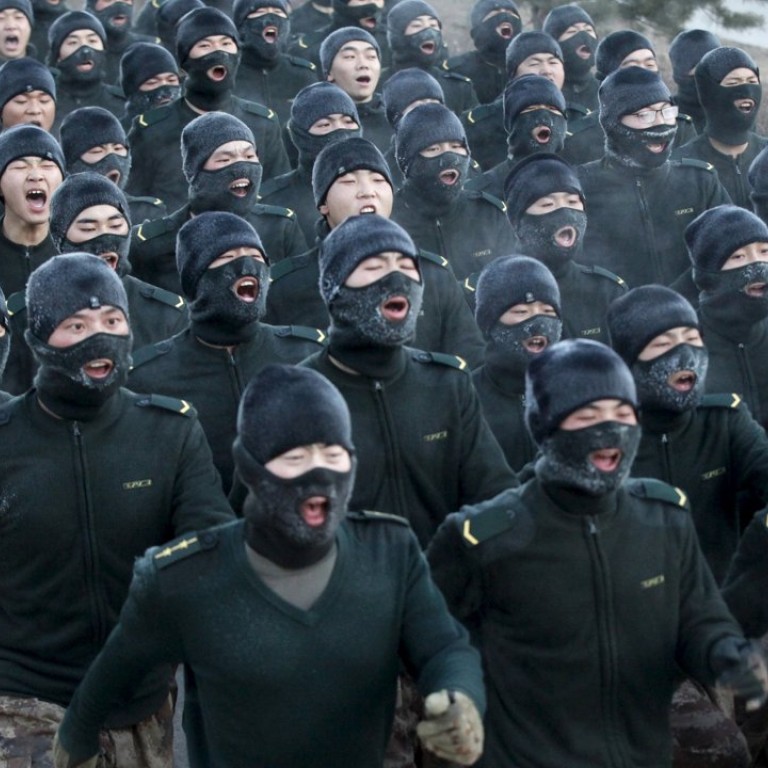
China’s People’s Liberation Army must change its outdated mindset, military mouthpiece warns
Officers must throw off ‘army-first’ thinking and adapt to new command structure to produce a modern fighting force, says PLA Daily
China’s People’s Liberation Army should drop its army-centric mindset and break free from the constraints of vested interests as it adopts the new joint-command structure, said a front-page commentary in the military’s mouthpiece on Monday.
The exhortation came amid speculation of resistance to the ambitious reforms.
“Building the joint command of our military is indeed a reallocation of the power to command. It will entail readjustment of interests,” the PLA Daily said. “Our training should forsake the conventional army-centric mindset and swiftly adapt to joint-command trainings.”
It added that some officers only paid lip service to the idea they must evolve to be ready for future conflicts.
The South China Morning Post earlier reported that the PLA’s top brass was told last month the seven military commands would regrouped into five strategic zones.
As part of the overhaul, President Xi Jinping, who also chairs the powerful Central Military Commission, announced that the army would shed 300,000 troops, leaving it with 2 million personnel. The cuts would result in 170,000 military officials losing their jobs.
A joint-command system means ... some units [have] to hand over power
The Daily also criticised how commanders were failing to seriously explore how best to organise land, sea and air defence assets, the commentary said.
“Some still let the army play the leading role, letting planes from the air force fly a few laps and the tanks drive a few races.”
The reforms under way offered a chance to cure such chronic diseases in the military, it said.
The PLA’s mouthpiece earlier published a commentary saying the present system of seven military commands and four headquarters was outdated, too centralised and challenged the Communist Party’s absolute leadership over the army. The overhaul, it said, aimed to consolidate the CMC’s power and the party’s control over the gun.
The latest commentary carried the byline “Xie Xinping”, a pseudonym. In July last year, the mouthpiece said the pseudonym was the Putonghua homophone of the “PLA Daily’s news commentator”, indicating the name is used only when discussing the most important military issues.
Overseas Chinese political gossip outlets have reported in recent days that the PLA could miss its reform deadline as appointments of commander positions for the newly established strategic roles remained unfilled.
The Post reported earlier that the original military commands would be dismantled on December 20, and the five-combat-zone system could be running as early as January 1.
“Building a joint-command system means readjusting the power and juristiction of commanding units, requiring some units to hand over their power,” said military commentator Wu Ge. The most difficult part of the reform was the cancellation and merging of units and some officers may not comply, he said.
“It’s ... also a problem of studying,” said military expert Ni Lexiong. “Under the new joint command system, the officers are required to learn knowledge about other military branches.”
Two PLA officials had earlier warned Beijing that it could destabilise the armed services if it went ahead with plans to restructure and slash the size of the military without addressing salaries.

